Time Period: Early Twentieth Century (1901 - 1940)
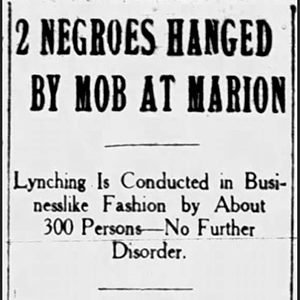 Marion Lynching Article
Marion Lynching Article
 Marked Tree Businesses
Marked Tree Businesses
Marked Tree Siphons
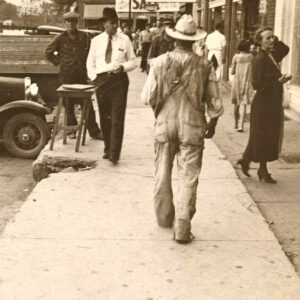 Marked Tree Street Scene
Marked Tree Street Scene
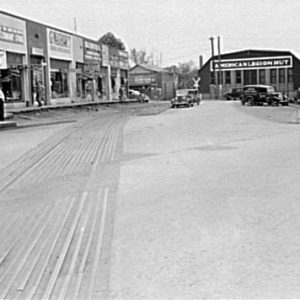 Marked Tree Street Scene
Marked Tree Street Scene
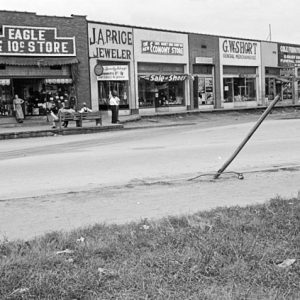 Marked Tree Street Scene
Marked Tree Street Scene
Markwell, Lulu Alice Boyers
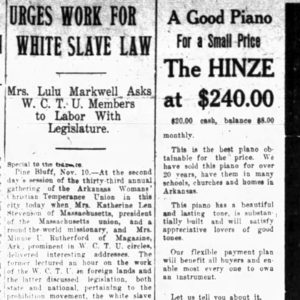 Lulu Markwell Article
Lulu Markwell Article
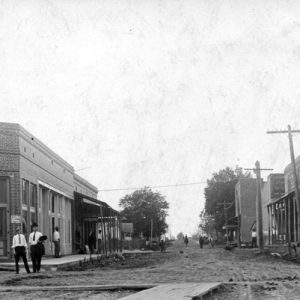 Marmaduke Street Scene
Marmaduke Street Scene
Marquette Hotel
aka: Riviera Hotel
Marr’s Creek Bridge
Marshall House (Little Rock)
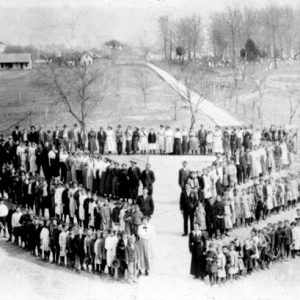 Marshall School
Marshall School
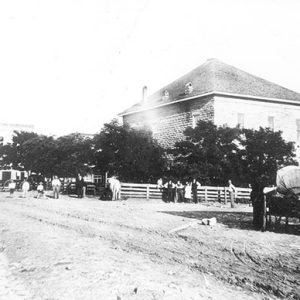 Marshall Street Scene
Marshall Street Scene
 Marshall Street Scene
Marshall Street Scene
 Martin Gin
Martin Gin
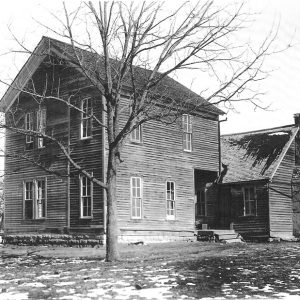 Martin House
Martin House
 John Martineau
John Martineau
 John Martineau
John Martineau
Martineau, John Ellis
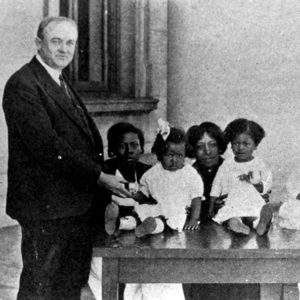 John Martineau
John Martineau
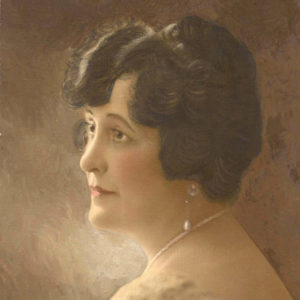 Mabel Martineau
Mabel Martineau
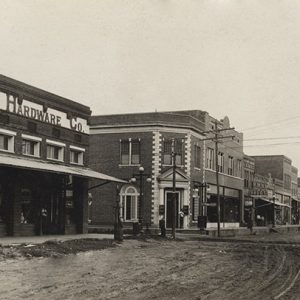 Marvell Street Scene
Marvell Street Scene
Mary Woods No. 2
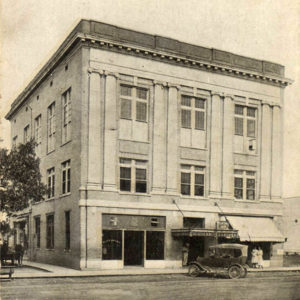 Masonic Building
Masonic Building
 Mary Smith Massey
Mary Smith Massey
Massey, Mary Elizabeth Smith
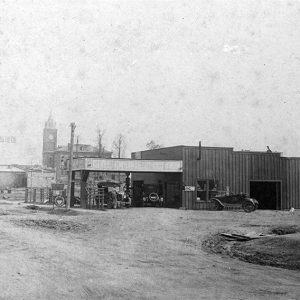 Matthews Garage
Matthews Garage
Matthews, Justin, Sr.
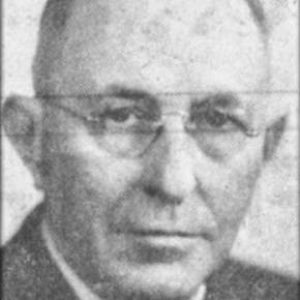 Justin Matthews Sr. Obituary
Justin Matthews Sr. Obituary
 Justin Matthews Sr.
Justin Matthews Sr.
 Justin Matthews Plaque
Justin Matthews Plaque
 Maudelle Cover
Maudelle Cover
Maudelle: A Novel Founded on Facts Gathered From Living Witnesses
Maumelle River Bridge
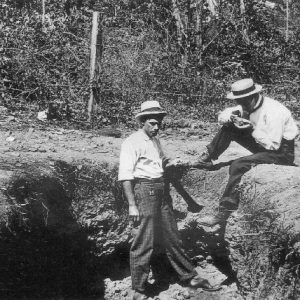 Mauney Mine
Mauney Mine
 Maurice Bath House
Maurice Bath House
 Maurice Bathhouse
Maurice Bathhouse
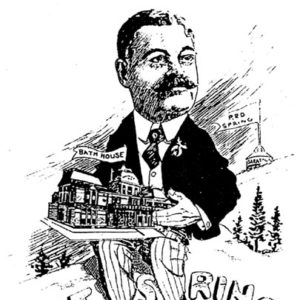 William Maurice Caricature
William Maurice Caricature
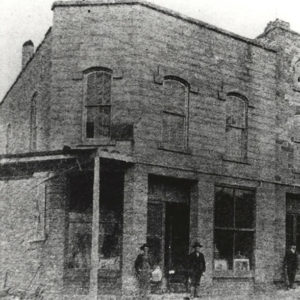 Maxfield Store
Maxfield Store
Mayer, Maximilian F. (Max)
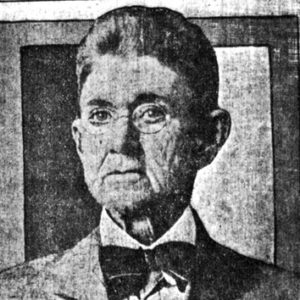 Mary Victor (M. V.) Mayfield
Mary Victor (M. V.) Mayfield
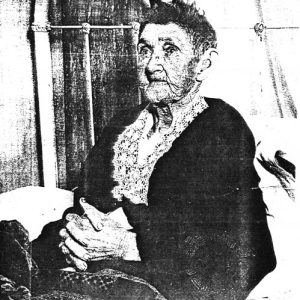 Mary Victor (M. V.) Mayfield
Mary Victor (M. V.) Mayfield
Mayfield, Mary Victor (M. V.)
Maynard Baptist Academy
aka: Abbott Institute
aka: Ouachita Baptist Academy
McAllister, James Thomas (Tom)
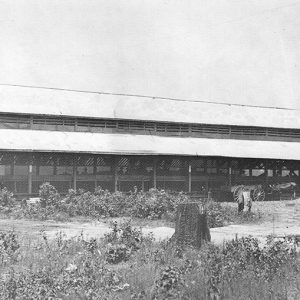 McCaskill Packing Shed
McCaskill Packing Shed
 McCaskill School
McCaskill School
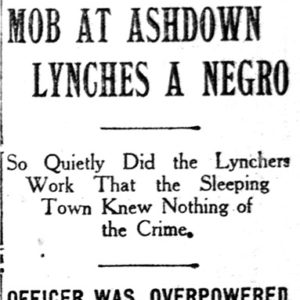 McClain Lynching Article
McClain Lynching Article




